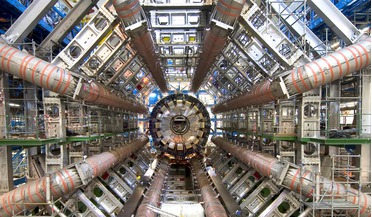 16 August 2016
Have researchers uncovered a fifth fundamental force?
16 August 2016
Have researchers uncovered a fifth fundamental force?
... revolutionary," said Jonathan Feng, professor of physics & astronomy and lead author of the research paper that worked ...unknown,” said co-author Timothy Tait, professor of physics & astronomy also at UCl. As with most scientific breakthroughs, this ...
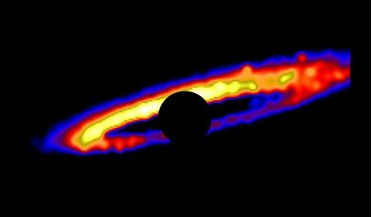 17 March 2017
Giant Jupiter-like planet gives a rare peek at alternative planet formation
17 March 2017
Giant Jupiter-like planet gives a rare peek at alternative planet formation
... Smadar Naoz, a UCLA assistant professor of physics and astronomy, and a co-author of the study. But, “... evolution," said Michael Fitzgerald, UCLA associate professor of physics and astronomy, and the study's other co-author. "We're seeing this young ...
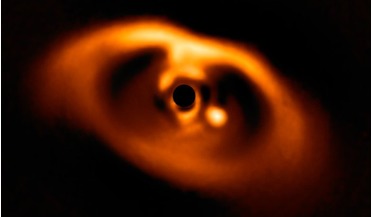 02 July 2018
Baby planet in dusty disc finally caught on camera
02 July 2018
Baby planet in dusty disc finally caught on camera
... to really understand the processes behind planet formation.” Thomas Henning, director at the Max Planck Institute for Astronomy and leader of the teams, summarises the scientific adventure: “After more than a decade of enormous efforts to build...
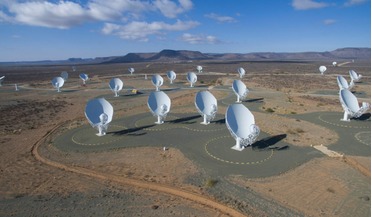 15 October 2018
SETI partners with MeerKAT to search for alien life
15 October 2018
SETI partners with MeerKAT to search for alien life
... to proposals for searches with the Square Kilometre Array. This is an exciting moment for SETI and radio astronomy in general,” said the Breakthrough Initiatives’ Executive Director, Pete Worden. With the addition of MeerKAT’s observations to its...
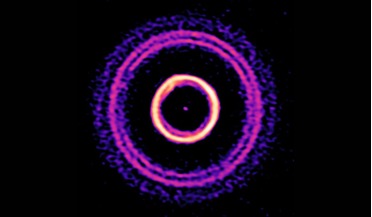 17 June 2019
Filling in the gaps of Jupiter-like planet formation
17 June 2019
Filling in the gaps of Jupiter-like planet formation
... more frequent,” said Eugene Chiang, a UC Berkeley professor of astronomy and member of the collaboration's theory group. Jupiter-size planets ... Paul Kalas, a UC Berkeley adjunct professor of astronomy. However, the fact that giant planets are more...
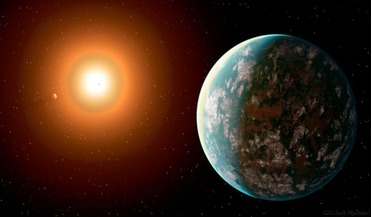 02 August 2019
Newly found exoplanet may be suitable for life
02 August 2019
Newly found exoplanet may be suitable for life
... and allow liquid water on its surface,” said co-author Diana Kossakowski at the Max Planck Institute for Astronomy in Heidelberg, Germany. Wasting no time in determining just what type of conditions GJ 357 d might succumb too, in an additional paper...